
Thermally Insulating & Moisture-Resilient Foams
Developing sustainable, high-performance insulation materials using upcycled fibers.
Welcome to my portfolio! As a multidisciplinary leader with over 7 years in materials science, my research focuses on sustainable materials, advanced composites, and innovative engineering solutions. Each project demonstrates my commitment to driving R&D and optimizing processes for impactful and sustainable material advancements.

Developing sustainable, high-performance insulation materials using upcycled fibers.
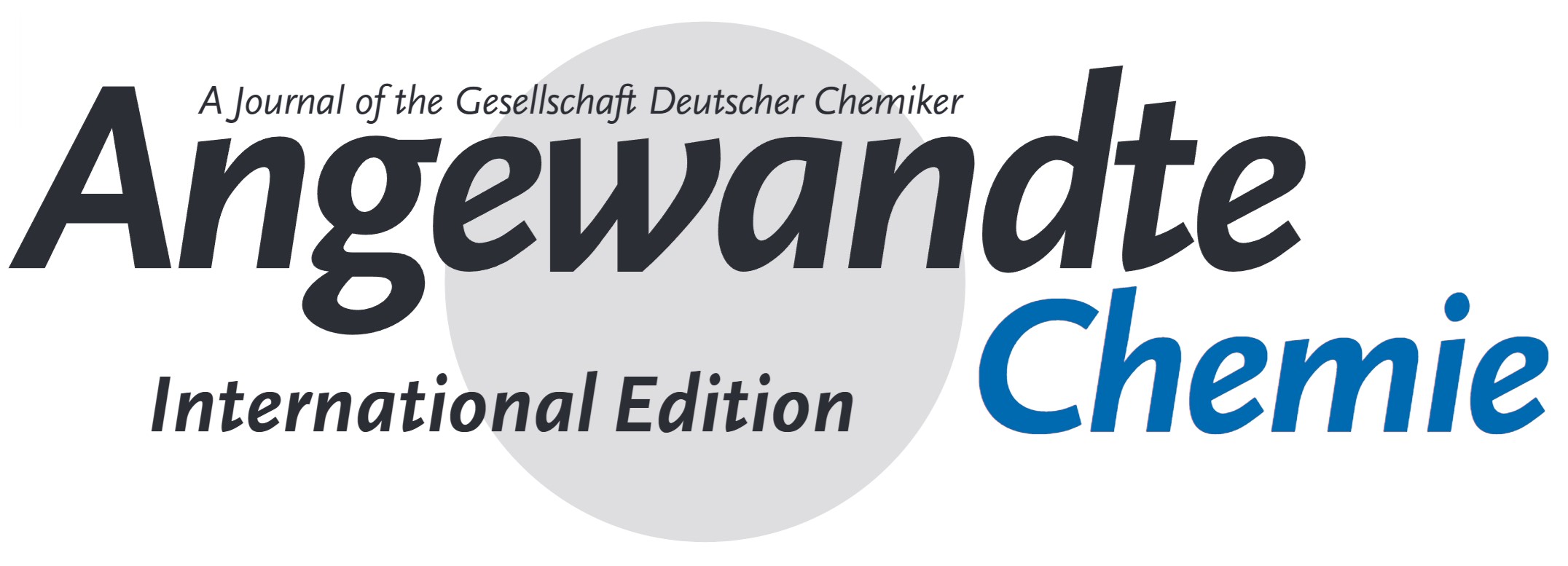
Enhancing lignin nanoparticles for robust applications in coatings and remediation.

Enhancing thermal insulation through hierarchical material design with graphene.

Developing smart, lightweight foams embedded with magnetic particles for advanced applications.

Dual-functional nanoparticles for advanced antibacterial and anticancer therapies.

Investigating shear-induced behaviors to optimize nanocomposite manufacturing.
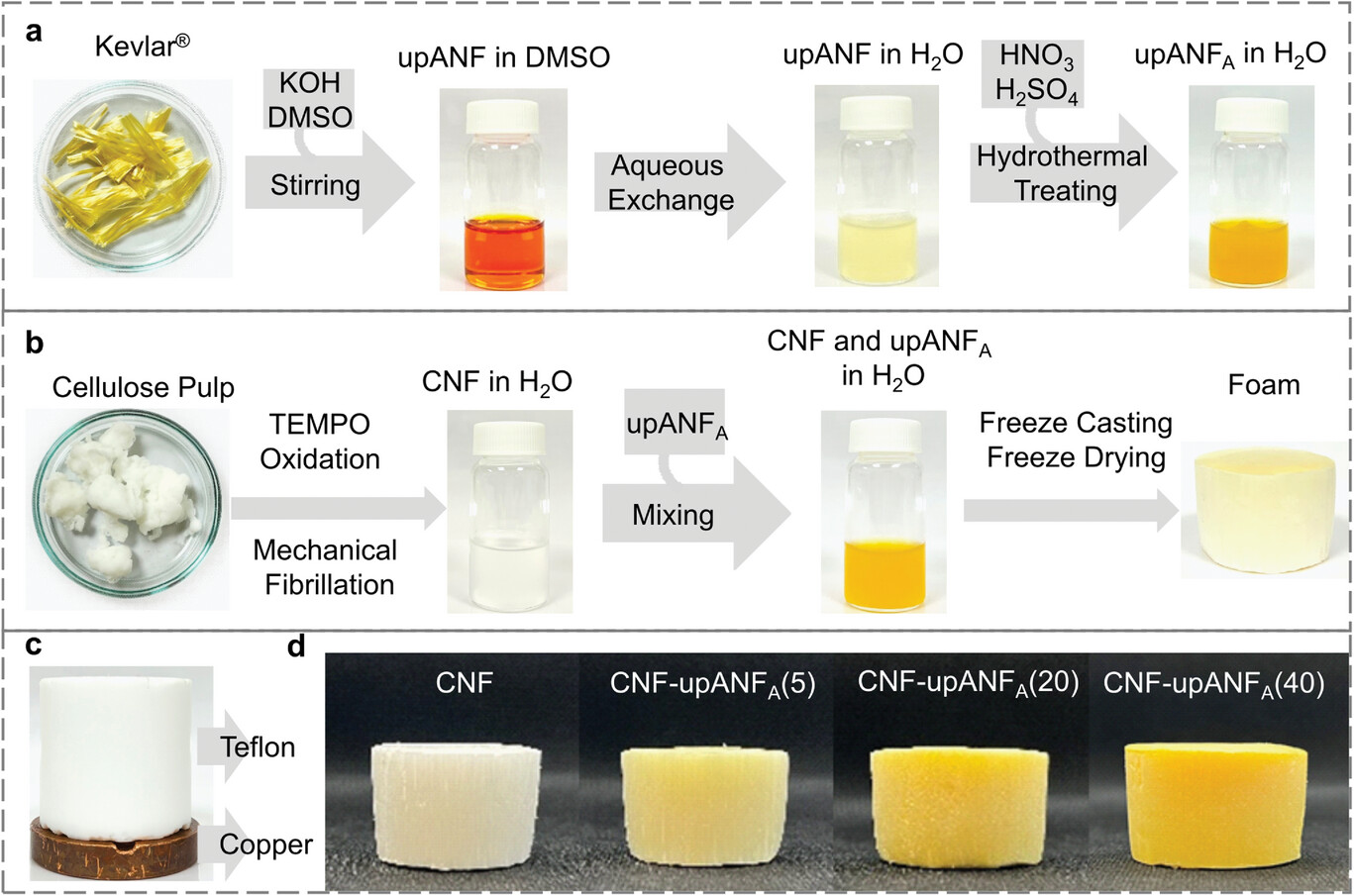
Developed super-insulating foams using upcycled aramid nanofibers and nanocellulose. Achieved exceptional thermal conductivity values as low as 18 mW m⁻¹ K⁻¹ across a wide range of relative humidity (20-80% RH). These foams are sustainable, moisture-resistant, and ideal for replacing fossil-based materials in insulation applications, promoting a circular economy by recycling Kevlar-based materials.

Enhanced the stability of lignin oleate nanoparticles under extreme pH conditions (acidic and basic). Successfully applied acid- and base-catalyzed functionalization processes on the nanoparticles, enabling their use in coatings and dye adsorption. Demonstrated their potential for anticorrosive applications and environmental remediation, emphasizing sustainability in material science.
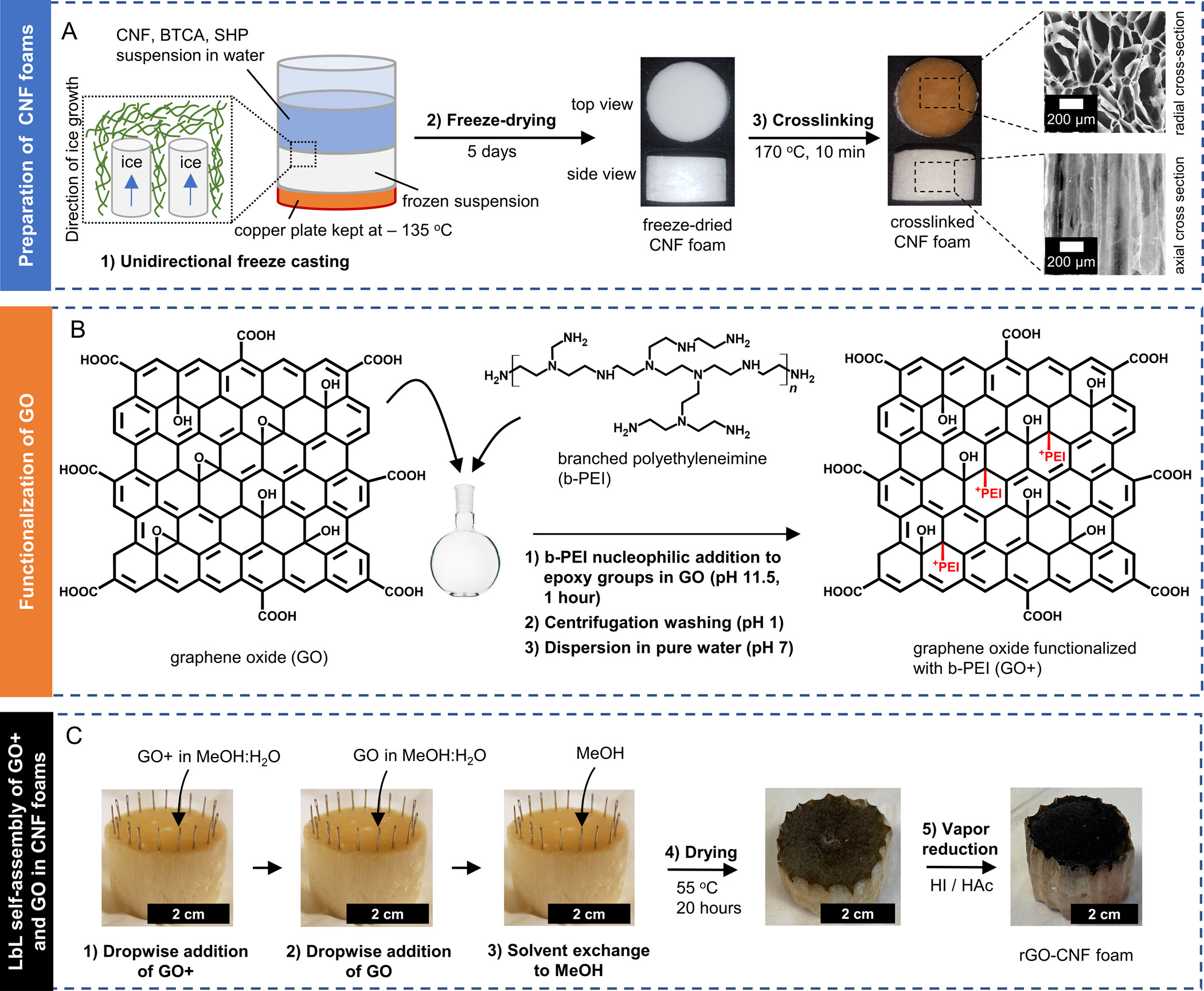
Reduced radial thermal conductivity in anisotropic cellulose nanofiber (CNF) foams by incorporating a layer of reduced graphene oxide (rGO). Demonstrated that rGO directs thermal conduction axially while maintaining low radial thermal transfer, significantly improving insulation performance. Utilized layer-by-layer self-assembly for hierarchical material modifications without compromising foam integrity.
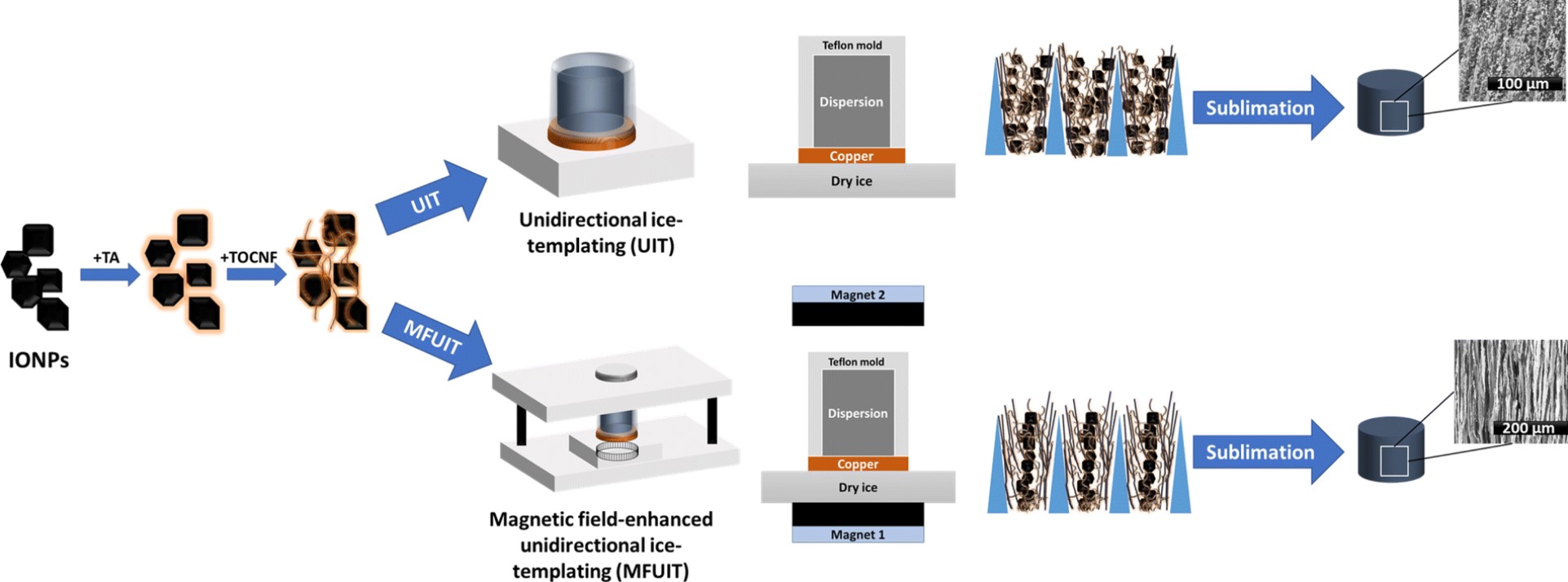
Created lightweight and flexible foams by combining tannic acid-coated iron oxide nanoparticles with TEMPO-oxidized cellulose nanofibers. Achieved magnetization values close to 95% of bulk magnetite, making the foams suitable for electromagnetic shielding and environmental cleanup. Introduced a novel magnetic field-assisted ice templating method to align and structure the nanoparticles, enhancing mechanical and thermal properties.
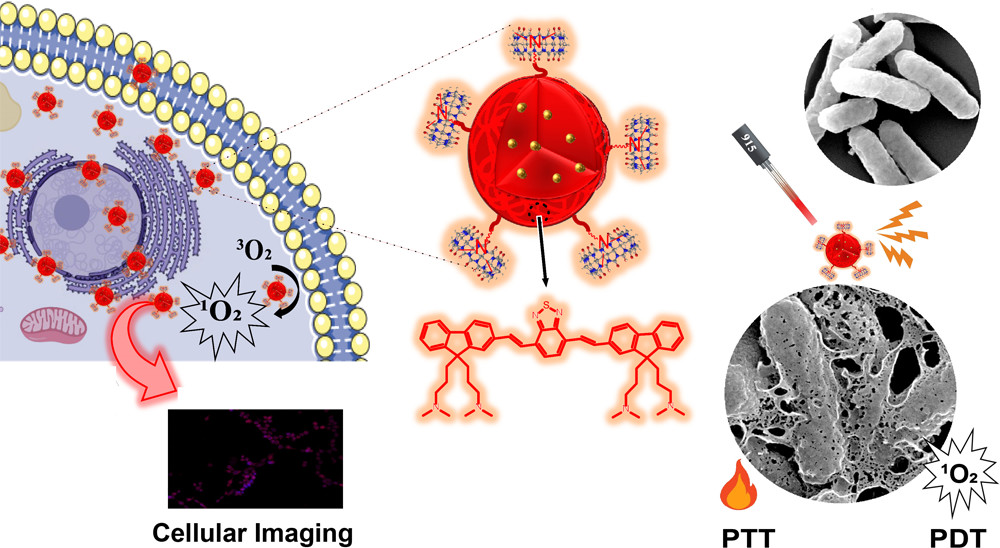
Designed dual-functional nanoparticles capable of photodynamic therapy (PDT) and photothermal therapy (PTT) for antibacterial and anticancer applications. Demonstrated strong photothermal conversion efficiency (15%) and high photodynamic activity against pathogens and breast cancer cells (MCF-7). Enhanced safety by reducing dark toxicity through capping the nanoparticles with cucurbit[7]uril, preserving their therapeutic efficacy. Featured as a cover article for increased visibility.
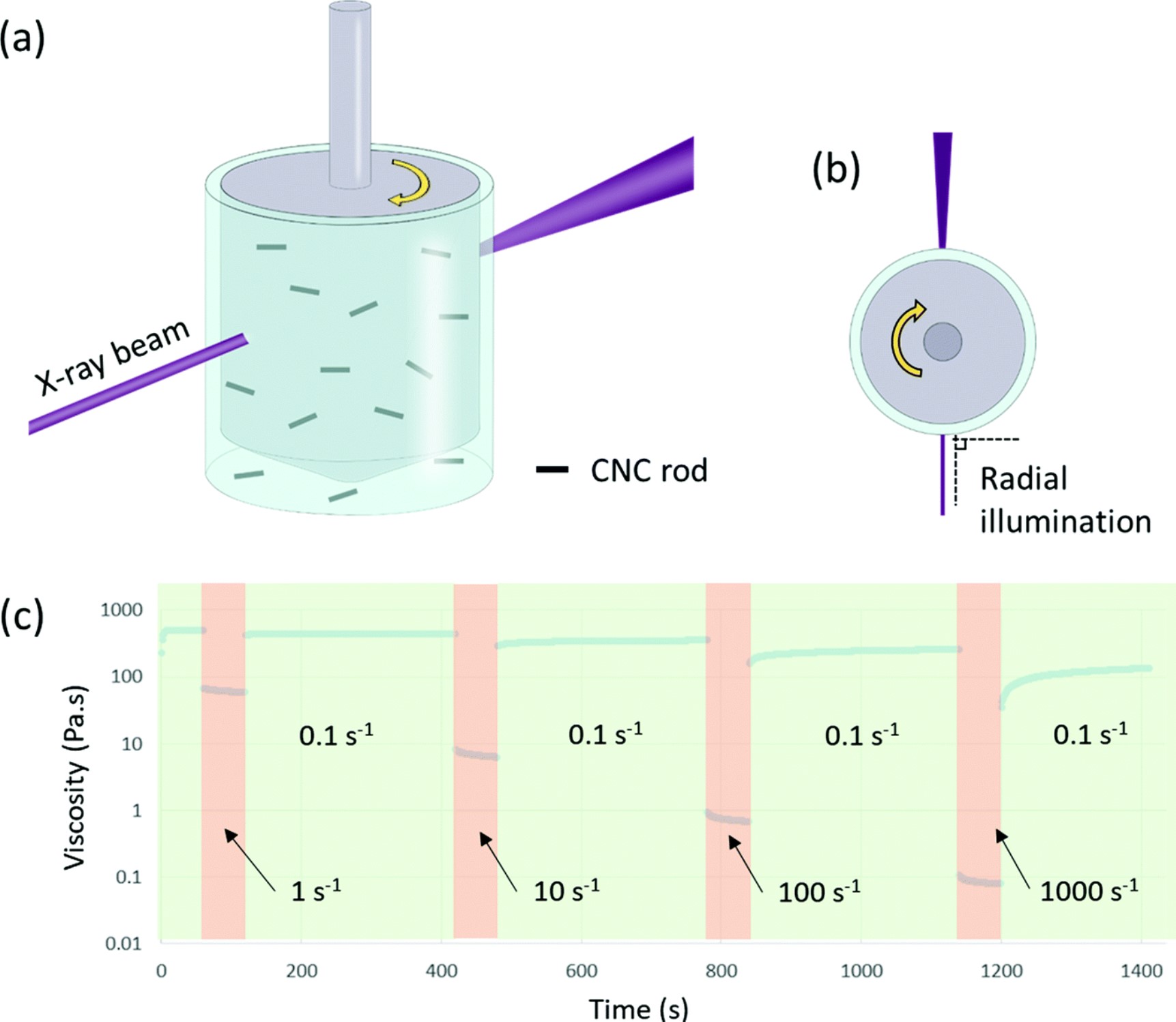
Investigated shear-induced orientation and relaxation behavior in cellulose nanocrystals and montmorillonite nanoplatelet composites using Rheo-SAXS. Provided critical insights into the rheological properties and structural dynamics of these materials under shear stress. Highlighted the potential for optimizing manufacturing processes of nanocomposites with improved mechanical and thermal properties.